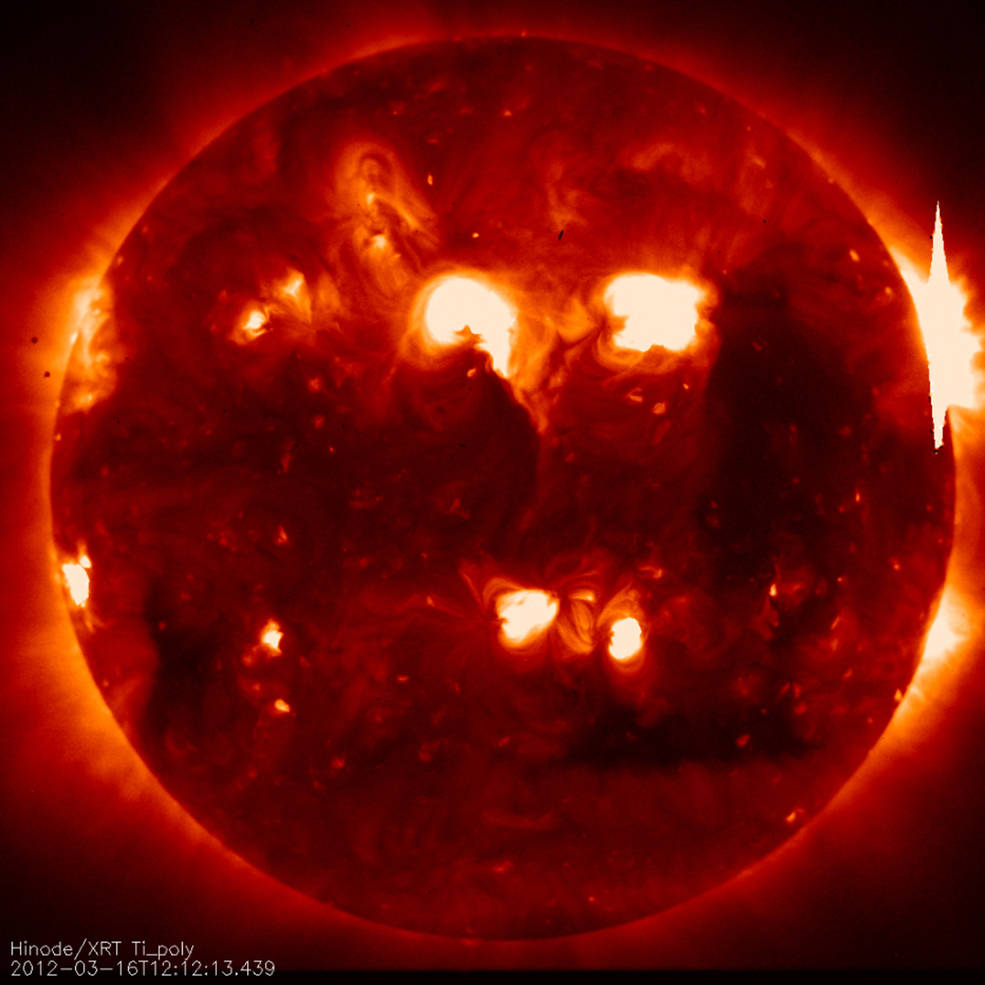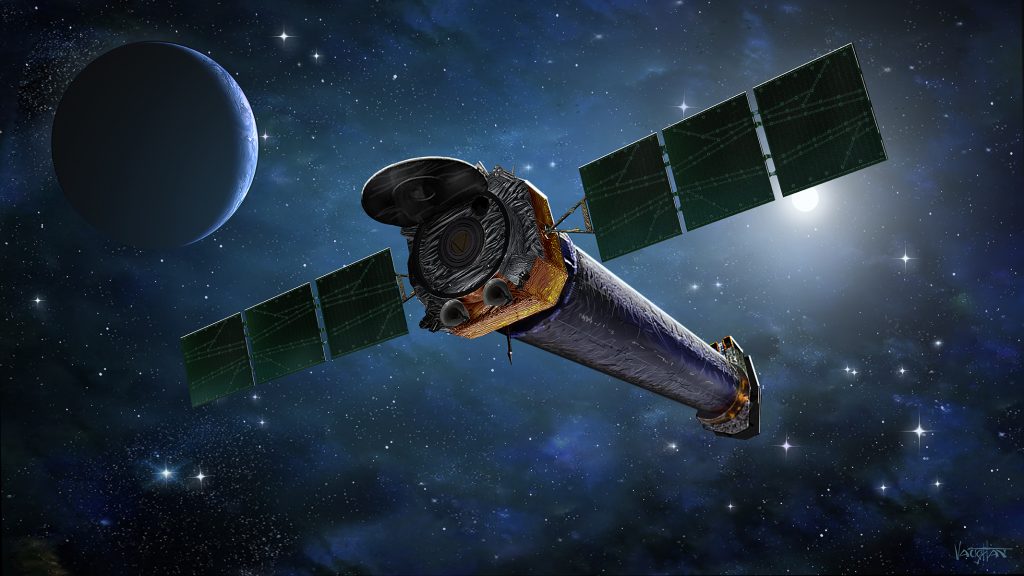Properties of the exoplanet host stars are key factors to understanding the environment within which the exoplanet lies and estimating the energy inputs to its atmosphere. This influence comes by two different ways: the basic properties of the star have an obvious effect on the planet and in particular, X-ray and UV luminosity affect the formation and the atmospheric properties of the planets. Therefore, a fully characterized host star is a mandatory first step for Exoplanets-A and for its main goal, characterizing exoplanets atmosphere.
A number of the exoplanets in our target list occur in multi-planet systems, so that the number of host stars corresponding to the 135 exoplanets is 113. The primary online archival databases to be used in X-rays are XMM-Newton, Chandra and ROSAT catalogues. The X-ray results to date can be summarised as follows:
- X-ray (mainly XMM: 3XMM-DR8 cat.): 31 stars observed, with 17 detections in the public archive, and the outcomes awaited for the others
- X-ray observation & UV photometry: 23 stars have both
- X-ray observation & UV spectra: 20 stars have both
All the stars with XMM observations also have HST visible/IR spectra. Most of the host stars within XMM fields were the primary target of the observation.

Credits: NASA/JAXA/Hinode
Chandra X-ray Observatory

NASA’s Chandra X-ray Observatory (CXO), which was launched and deployed by Space Shuttle Columbia on July 23, 1999, is the most sophisticated X-ray observatory built to date. During more than 20 years, Chandra observed X-rays from high-energy regions of the universe, such as the remnants of exploded stars and jets of matter ejected from supermassive black holes in the dense central regions of galaxies.
XMM-Newton

Launched from Kourou, French Guiana on 10 December 1999, the mission of the European Space Agency’s X-ray Multi-Mirror satellite XMM-Newton is helping to solve many cosmic mysteries of the violent Universe, increasing our knowledge of very hot objects created when the Universe was very young. It will help solve many mysteries, ranging from black holes to the formation of galaxies.